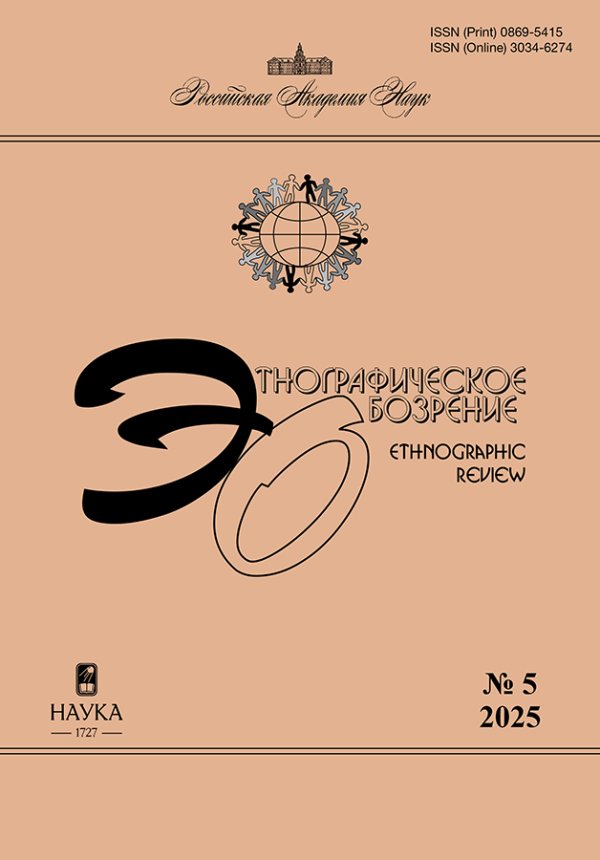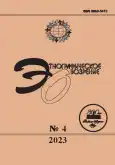In the history of religions, in addition to large religious denominations and smaller ethnic specific cults and practices, there are a number of movements that combine local and ethnic features with global trends and patterns. The generalizing designations of such religious forms are diverse: these are folk or traditional religions, movements of social adaptation, archaic social movements, cult renewal or revival, etc. We are talking about the creative rethinking of the legacy of the past, its transformation, expansion, “reformatting”, re-imagining, and inclusion in a broad modern worldview context. Sometimes they play their role as catalysts for other movements and trends. They set off and complement the main lines of the historical development of other religions, and sometimes contrast with them. Almost always, they are associated with the formation of ethnic-cultural identities, the demarcation or, vice versa, strengthening of ties - real and imaginary. This article, for the first time in Russian ethnographic scholarship, examines the models and strategies for the formation and transformation of the “new old” religions of the East (especially South Asia), which have already become a noticeable phenomenon in the social, political, and cultural life of the region. The article introduces a special thematic section that features contributions by E.A. Renkovskaya, S.I. Ryzhakova, L.A. Streltsova, A.A. Bychkova, and M.B. Shcherbak.
 5-22
5-22


 23-40
23-40


 41-65
41-65


 66-83
66-83


 84-93
84-93


 94-107
94-107


 108-182
108-182


 183-211
183-211


 212-242
212-242












